7 Real Life Examples of transverse waves
In a transverse wave, the energy causes the medium—whether it’s water, air, or even the Earth—to move up and down or side to side, perpendicular to the direction the wave is traveling.
Imagine a crowded stadium where fans do “the wave,” standing up and sitting down. Each person moves up and then down, but the wave itself travels around the stadium. That’s a perfect real-life model of a transverse wave.
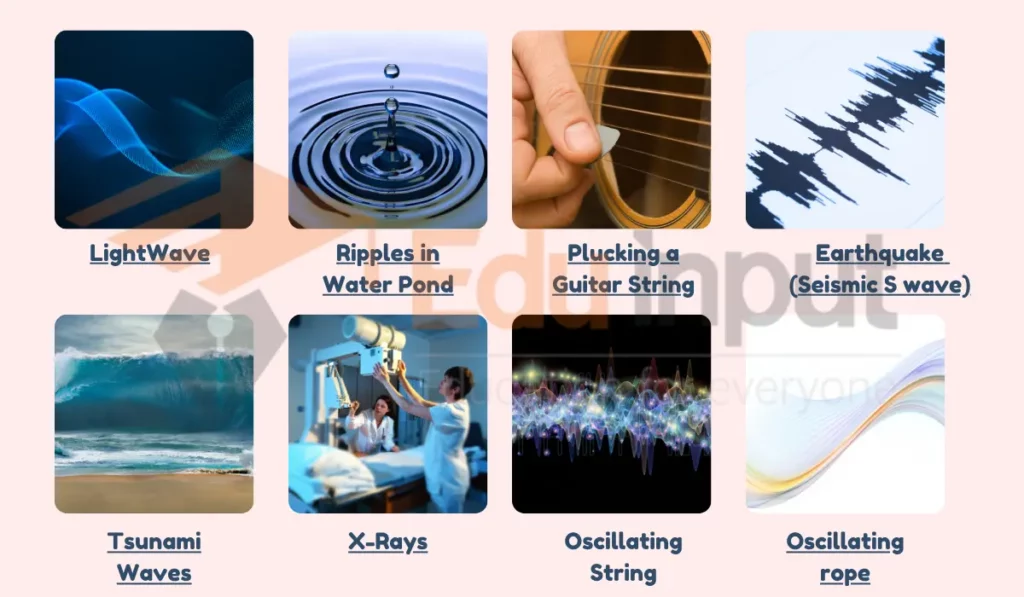
Everyday Examples of Transverse Waves
1. Light Waves
When we see colors, we’re actually seeing light waves. Light is an electromagnetic wave, and the oscillations are the electric and magnetic fields varying in a direction perpendicular to the way the light travels. This is what makes light a classic example of a transverse wave.
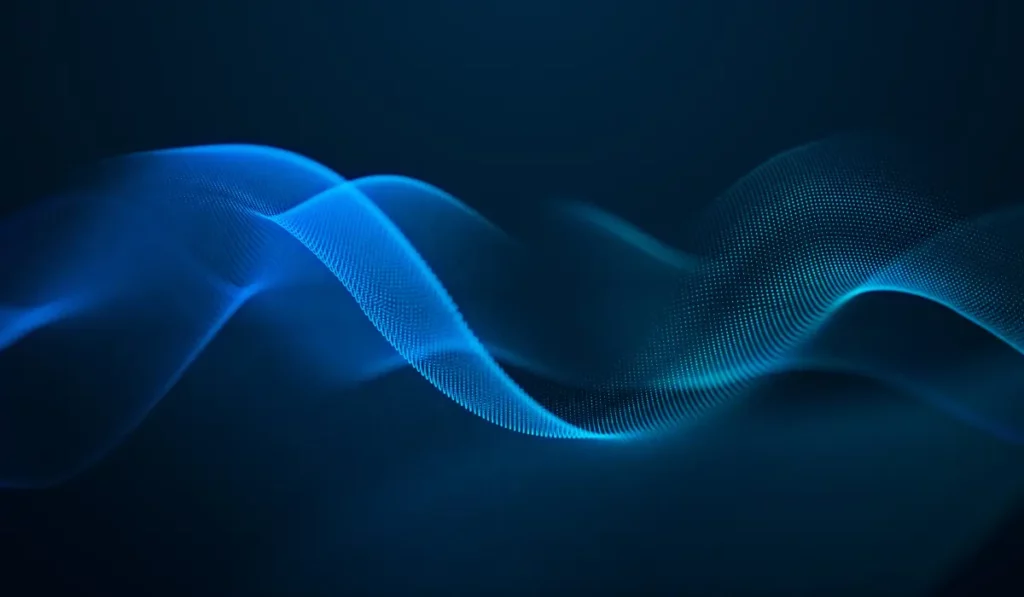
2. Ripples in a Pond
If you’ve ever tossed a stone into a still pond, you’ve created ripples. Those ripples are transverse waves because the water moves up and down as the wave moves outward from where the stone entered the water.

3. Plucking a Guitar String
When a musician plucks a string, it vibrates. Each vibration is a transverse wave that moves along the string. It’s the rapid back-and-forth motion that creates the sound you hear.
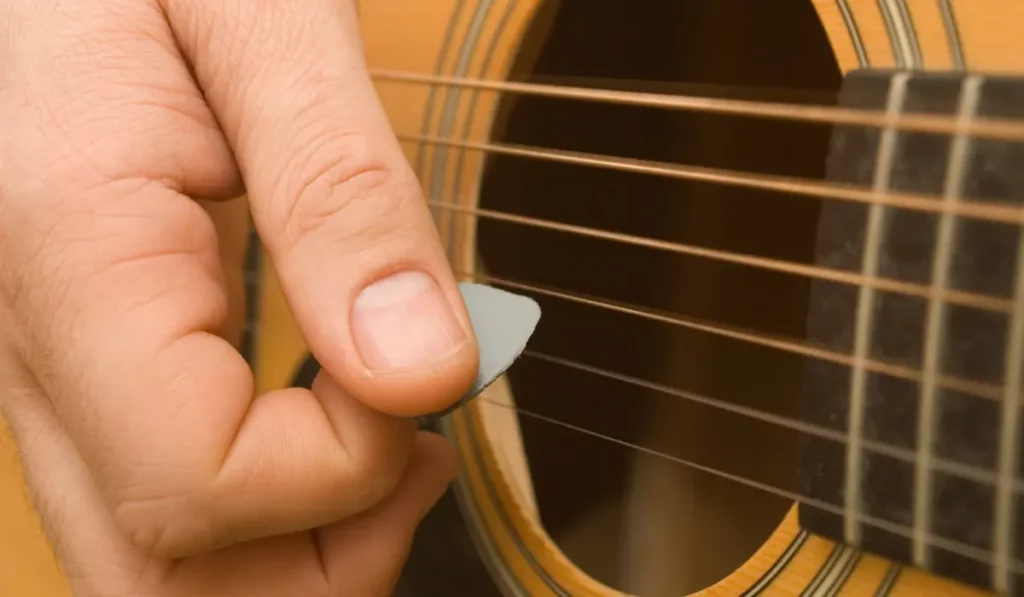
4. Seismic S Waves
During an earthquake, different types of waves are produced, and one type is the S wave, or secondary wave. It moves the ground up and down or side to side, perpendicularly to the wave’s direction, and is a prime example of transverse waves in geology.
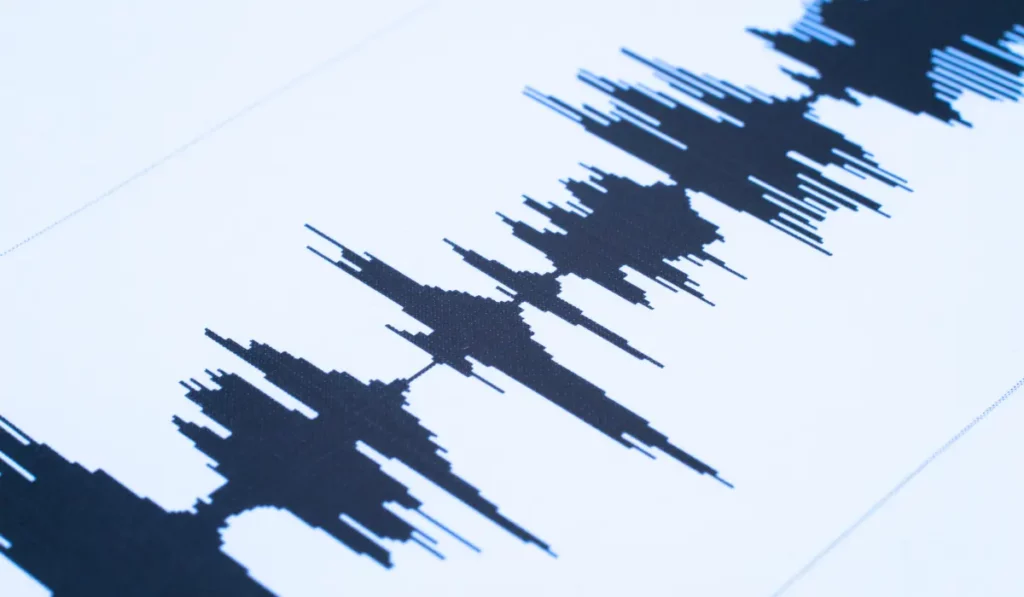
5. Tsunami Waves
In the deep ocean, tsunami waves can be hundreds of kilometers long, but you wouldn’t notice them because the motion is mostly horizontal. As they approach land and the sea shallows, the motion becomes more vertical, making them dangerous transverse waves.
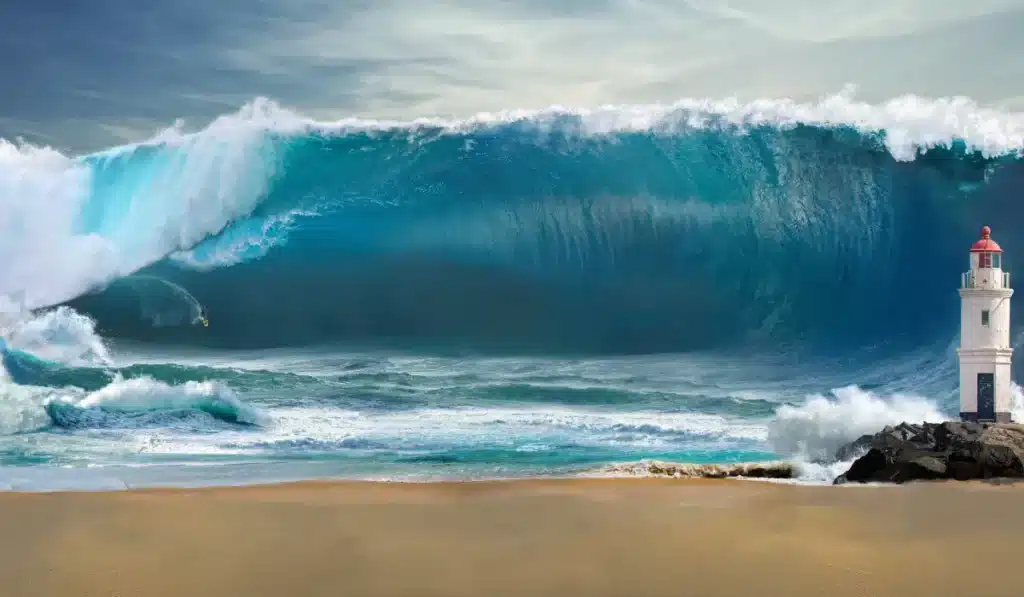
6. X-Rays
Just like visible light, X-rays are electromagnetic waves. They can pass through some materials, making them useful for looking inside things, such as your body at the doctor’s office.

7. Oscillating Rope
If you’ve ever played with a jump rope or seen someone doing rope tricks, the loops and patterns created are transverse waves. The rope moves up and down while the wave shape travels along the length of the rope.
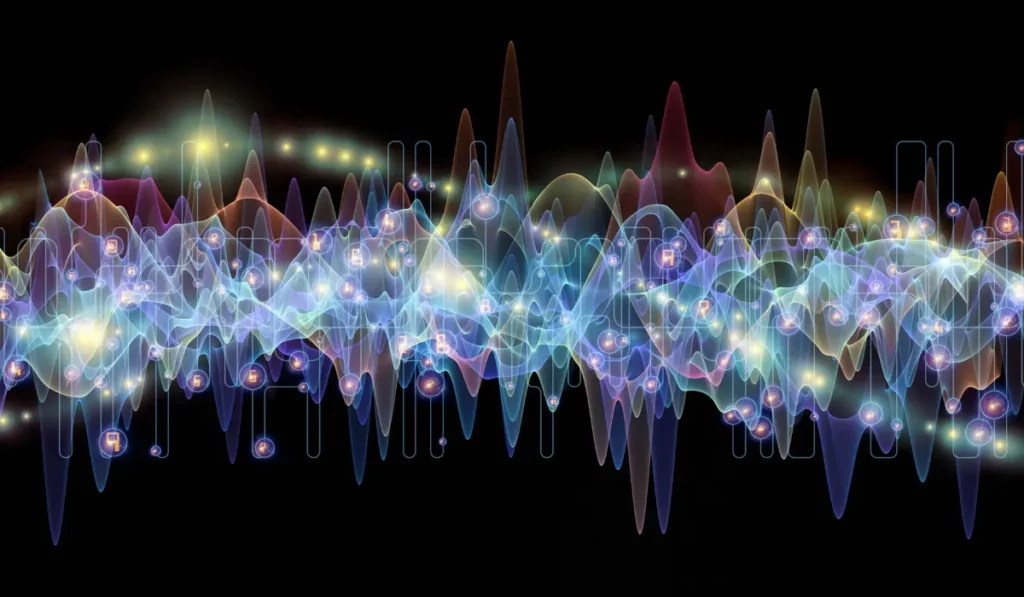

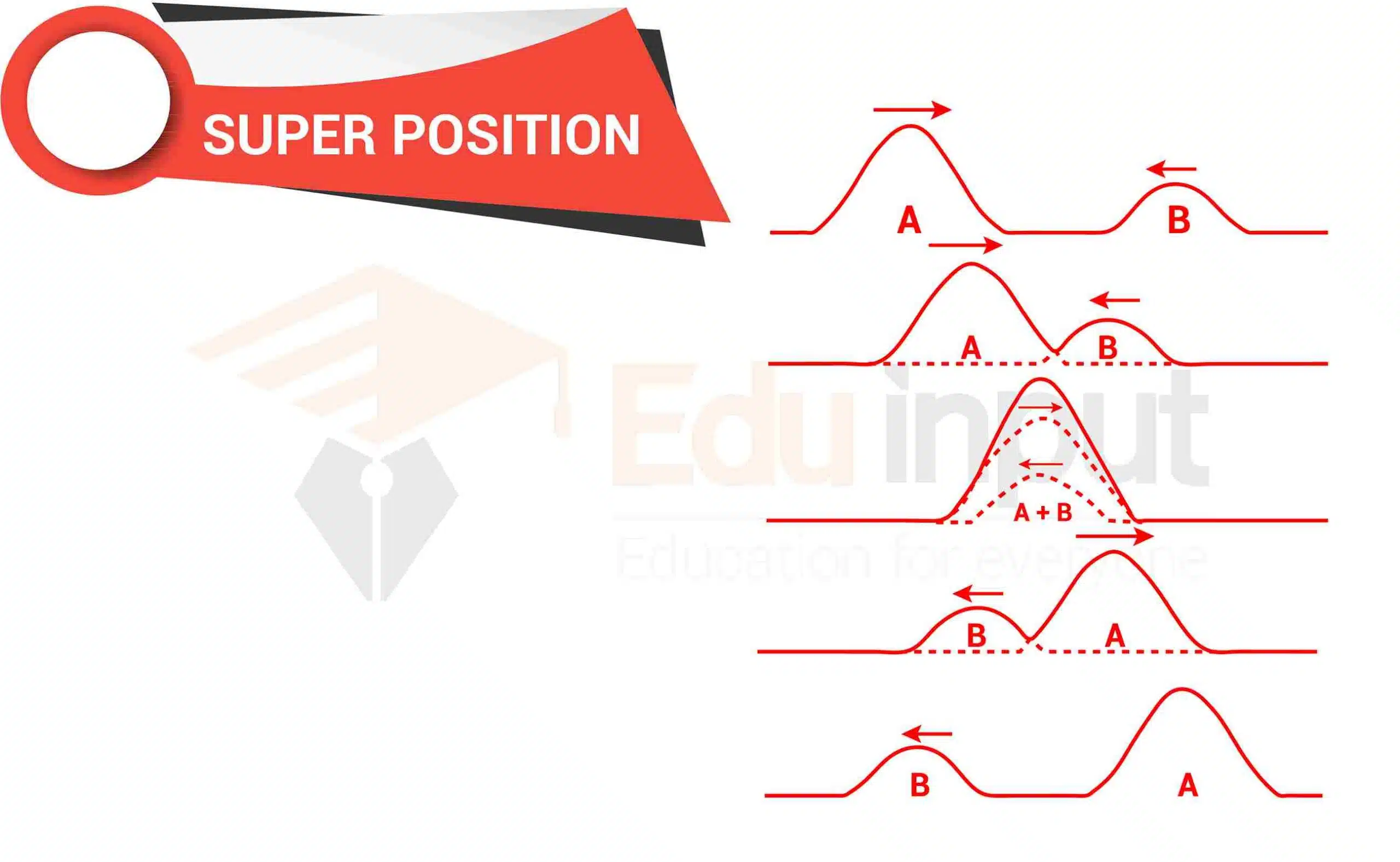


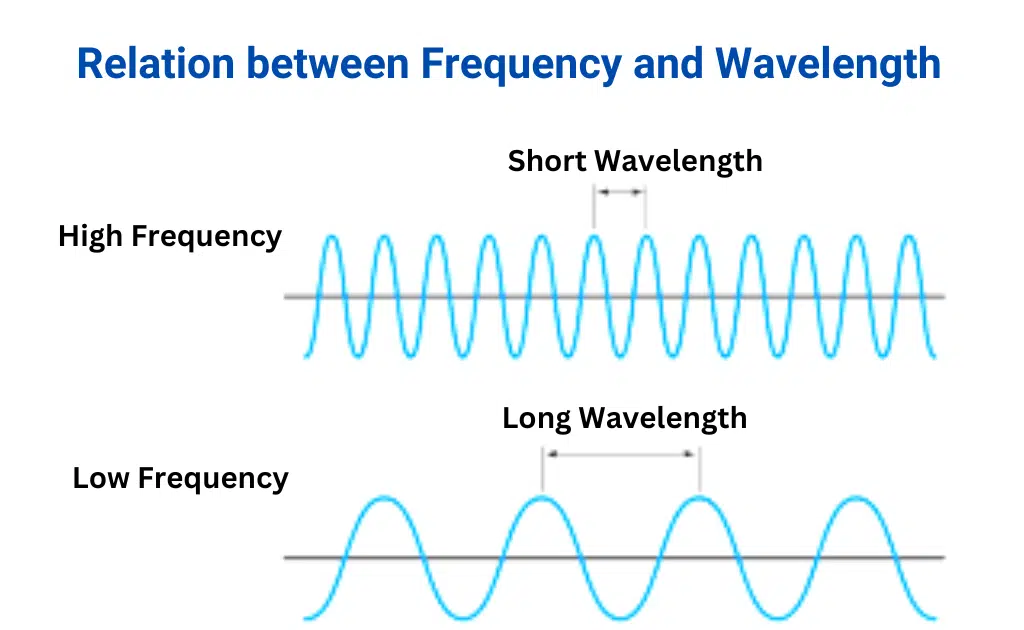


Leave a Reply